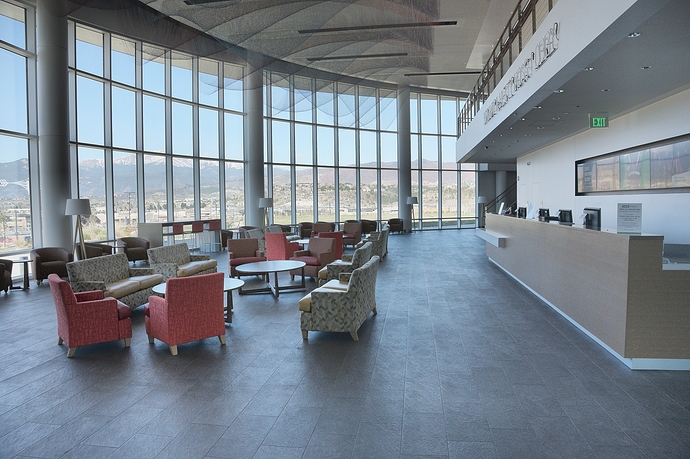Image was fun to process, allowing me to revisit and slightly update old tricks.
1 PhotoFlow vignette, ca correction; linear no-clip float.
2 gmic filter pixels; HLG.
3 pnmclahe local contrast.
4 gmic local contrast; inverse HLG; brightness, contrast; chroma, sharpen, resize, sharpen.
Zoom and enjoy!
